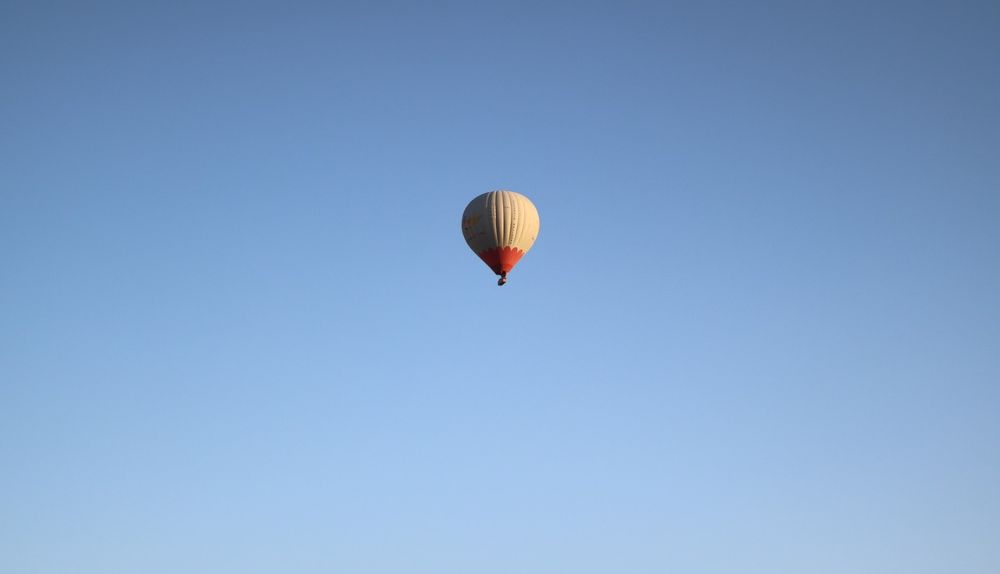Our recent infatuation with sky-high balloons is an old story in the Northwest. Matching the current Chinese deployment of weather or intelligence balloons over North America are attempts by the 1940s Japanese military government to inflict harm and alarm along America’s West Coast, using low-cost giant balloons.
In 1944, Europe was enveloped in attacking and retreating armies. France experienced a Normandy invasion by mostly American and British troops, while Italy was simultaneously stunned by the American Fifth Army. At the same time, the Philippine Islands experienced a clash of Japanese and American forces.
All the allies had been provided weapons and supplies by American industry, and much of this war materiel had been manufactured in the West Coast states of California, Oregon, and Washington. More than 100,000 people were employed in defense work in the Seattle area alone – a true “Arsenal of Democracy.” This activity caused Japan to see our West Coast as “fair game” for enemy retaliation. The earlier attack on Pearl Harbor, Hawaii, was evidence that the American Pacific was vulnerable.
Although steps were taken by U.S. Forces to defend the West Coast, these efforts were marginal. By March 1942, harbor and anti-aircraft defenses were in place, while the U.S. Air Force patrolled the lengthy and varied coastlines of Oregon and Washington. Specific defense measures were taken along the major waterways of the Pacific Northwest, mainly the Columbia River delta and the Strait of Juan de Fuca.
Fort Stevens’ meager defense fortifications at the mouth of the Columbia River were reactivated, and radar, searchlights, anti-aircraft, anti-motorboat, and remote control mines were deployed. Other obsolete forts, such as Washington State’s Flagler, Worden and Casey were considered for modernization but dropped. The U.S. Coast Guard, with cooperation from the U.S. Army, established foot patrols along isolated beaches (similar to the U.S. East Coast).
After the war, it was learned that the Imperial Japanese Navy in November 1941 sent 12 submarines from their base in the Marshall Islands to intercept units of the American fleet. Along with specific ships fitted to launch airplanes, these forces were ordered to shell strategic targets in Washington, Oregon, and California. The results were meager: two tankers were torpedoed and sunk and one freighter was lightly damaged. Other incidents included the shelling of a Santa Barbara, California oil refinery, several shots fired at a Nootka Sound, British Columbia radio beacon, and about a dozen shells lobbed in the direction of Fort Stevens, Washington.
The Fort Stevens incident resulted in explosions near Battery Russell – now a major tourist attraction – and some confusion about why the local commander did not return fire. Arguments went back and forth, eventually exonerating the local commander who held back to avoid giving the Fort’s exact location. The lonely submarine, after firing its payload, slipped away into the moonless night.
Small Japanese float planes were launched with a compressed air catapult from a ship’s hull. Armed with a machine gun and payload of only 132 pounds, these mostly night flights were ordered to drop incendiaries on the forests of Oregon. One plane released two bombs into the Siskiyou National Forest, aimed at 2,900-foot Mt. Emily. U.S. Forest Rangers recovered bomb fragments and reported the incident to military and civil authorities. To avoid alarming local citizens, the story was kept under wraps, but eventually details leaked, causing a raft of sensational news stories. This same lonely float plane undertook a second and last flight near Cape Blanco, Oregon.
The next enemy threat was caused by balloons carrying incendiary devices and anti-personnel bombs. The simple balloons were manufactured from laminated paper. Attached to the balloons was a cast aluminum wheel that contained the ballast release and payload. Once the ballast was expended, the balloon released its load. To prevent a balloon from being found intact, a self-destruct charge would be exploded, igniting the hydrogen gas and hopefully destroying the balloon.
In 1944, the FBI recovered a set of nearly complete balloons in Kalispell, Montana and Estacada, Oregon. These simple but potentially dangerous devices were random, going wherever the wind took them. Later, Japanese balloons turned up in Gig Harbor, Puyallup, Everett, and Chimacum, Washington. Fragments and intact balloons were also found in Spokane, Prosser, Ephrata, Toppenish, Colville, and Walla Walla, Washington.
The only lives lost as a result of “balloon warfare” occurred in Bly, Oregon when five adults and children were killed in May of 1945 after disturbing the explosive devices on a grounded balloon.
These pop-gun threats aside, the last time the territory of the United States was subjected to air bombardment by a belligerent nation was in the War of 1812 between the United States and Great Britain.
